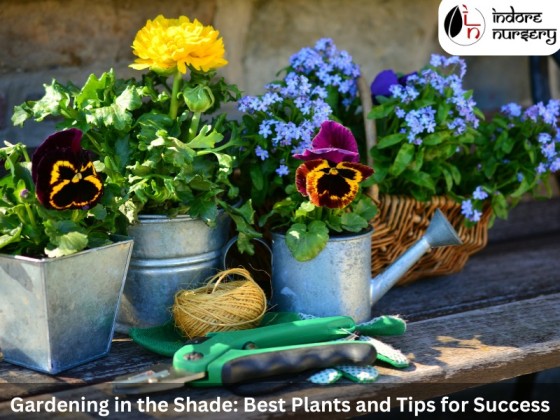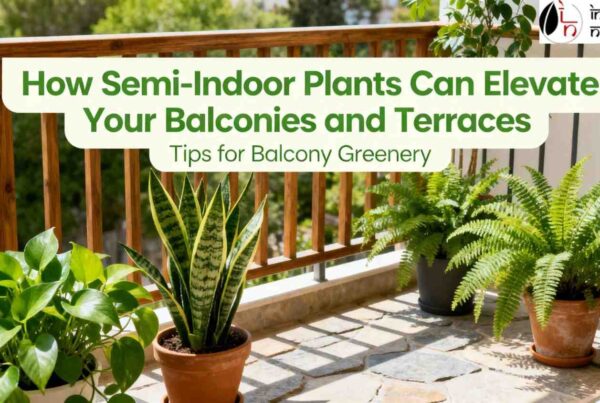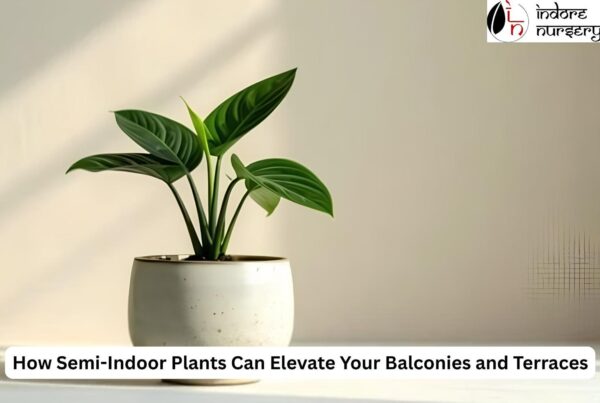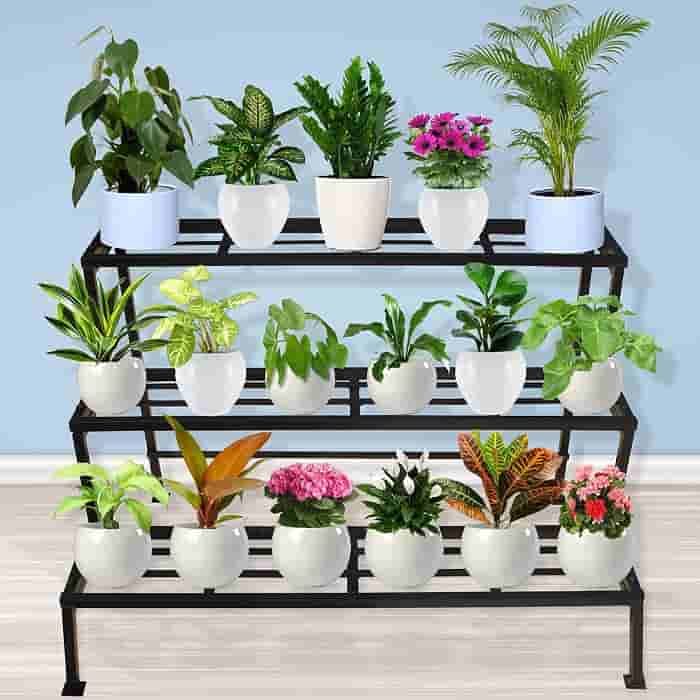Shade gardening can be very rewarding, but it also poses some challenges. Most plants need light to grow, and many thrive in low-light situations. So if you have a shady garden, do not worry. Many plants thrive in the shade. Let’s take a look at some of the best plants and tips for a successful shade garden.
Why Choose Shade Gardening?
There are several benefits of shade gardening. Shaded areas hold less heat and, therefore, require less water. Moreover, they create a quiet spot to relax. Additionally, most shade gardens are less care-providing. Therefore, you can enjoy a gorgeous garden with a little hard work. However, what matters is the proper choice of plants.
Best Plants for Shade Gardens
Shade gardening requires a deliberate selection of plants. Not all thrive in low light. Here are some of the best options for your shaded garden.
- Hostas
Among the other popular shade-loving plants are hostas. This plant is famous for its variety of colours and sizes. Its broad and lush leaves give texture to your garden. Moreover, they are very easy to grow and low in maintenance.
- Ferns
Ferns can be used in your garden to create a woodland feel. The plants prefer moist, shady conditions. They also add beautiful, lacy foliage to a shaded space. These plants may be planted in containers or grown directly into the ground.
- Heucheras (Coral Bells)
Heucheras have vivid colours on their leaves. The plants come in shades of green, red, and purple. They can also survive drought conditions and appear stunningly colourful in your shaded garden.
- Astilbes
Astilbes add elegance with their feather-like blooms. Their favourite place is a shaded area with moist soil. They also add height and texture to beds; besides, they attract butterflies to decorate your flower garden.
- Lungwort
Lungwort is another excellent choice for shady gardens. Its spotted leaves and dainty flowers add a touch to any garden space. Additionally, it’s low maintenance since it has minimal requirements.
Tips for a Successful Shade Garden
This is an easy approach to shade gardening if planned well. Here are some pointers for success.
- Test the soil
Test your soil before you plant. Shaded areas generally have many different soil conditions. You may need to modify your soil to enhance drainage; add compost or organic matter, for instance, to get your plants the best possible environment.
- Water Wisely
Shaded areas do not dry quickly like sunny spots would. Therefore, you should take care to avoid overwatering. In general, the majority of shade-tolerant plants will not like wet and moist soil. Water them deep but less often to avoid root rot.
- Choose the Right Plants
As noted in Step 1, choosing the right plant is crucial. You will want to choose plants that tolerate low light, and how much shade your garden receives is also an important consideration. Some of the plants do fine in partial shade while some prefer full shade.
- Create Layers
Layering is one of the advantages of a shade garden. You can combine plants having the characteristics of ground cover plants, mid-height plants, and taller plants. This will add depth and interest to your garden. Layering can also make small garden spaces look bigger.
- Mulch
Shade gardens need mulch. Mulch retains moisture and keeps the soil cool. Additionally, it suppresses weeds competing with your plants. Spread organic mulch around your plants to get the best results.
Where to Find the Best Plants?
Finding the right plants for your shade garden is easy. You could visit the best plant nursery in Indore for a wide selection if you are in Indore. They offer both indoor and outdoor plants. Moreover, you can check up on some online indoor plants in Indore or some outdoor plants in Indore. Several nurseries also offer delivery services. This enables you to shop from the comfort of your home.
If you need a blend of flora for your indoor and outdoor spaces, then consider visiting an indoor outdoor plants nursery in Indore. The nurseries in Indore are known to produce plants that perform well under alternative environmental conditions, such as shade.
Conclusion
Shade gardening is a great use of low-light space. With the right plants and by following the tips outlined here, you will have a beautiful garden. Great choices for a shade garden include hostas, ferns, heucheras, astilbes, and lungwort. However, checking on your soil, watering smartly, and layering plants will all go a long way toward enhancing your success. Therefore, don’t forget to visit a local nursery or browse online to find great plants for your garden. Happy gardening!










Recent Comments